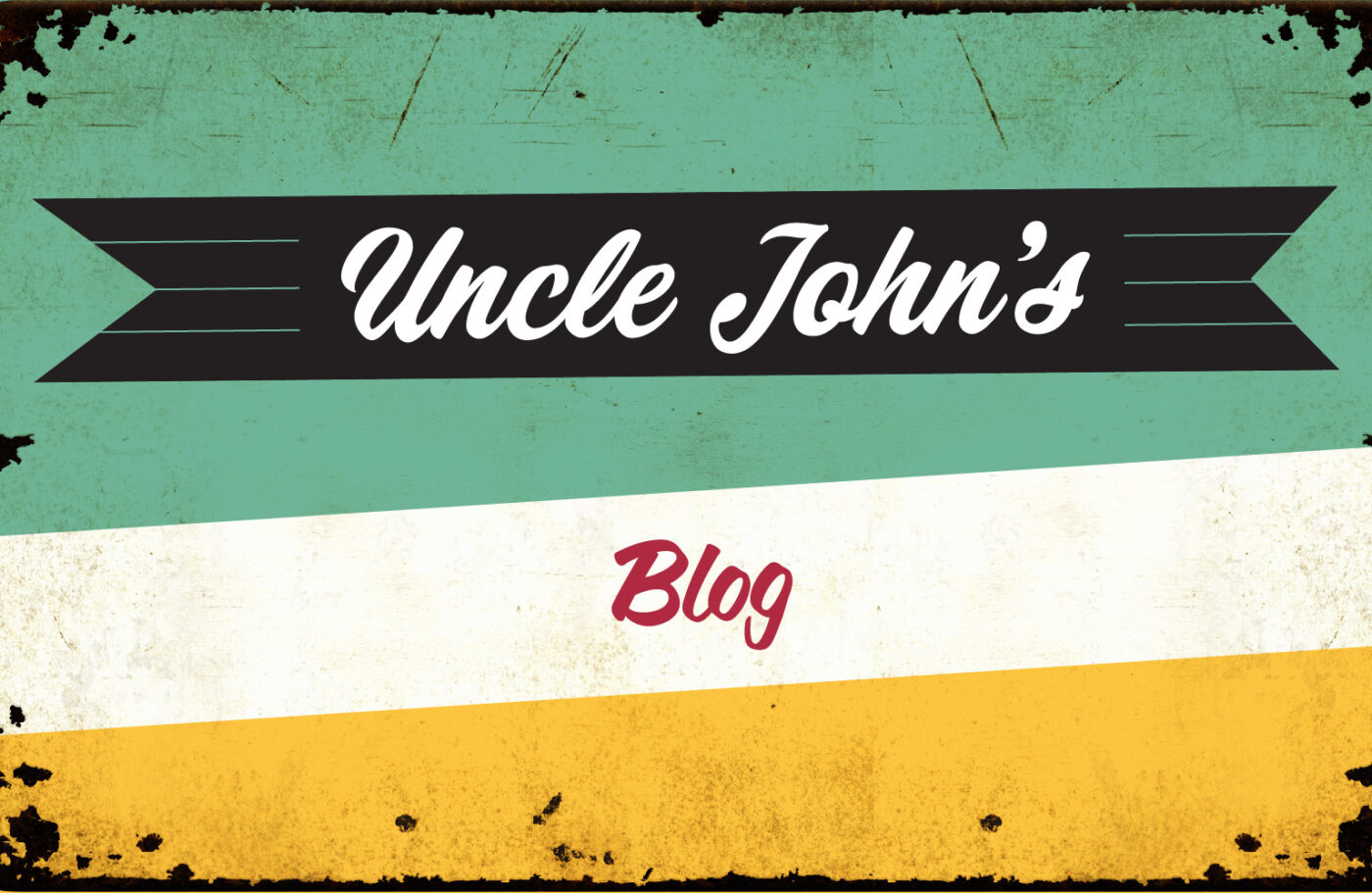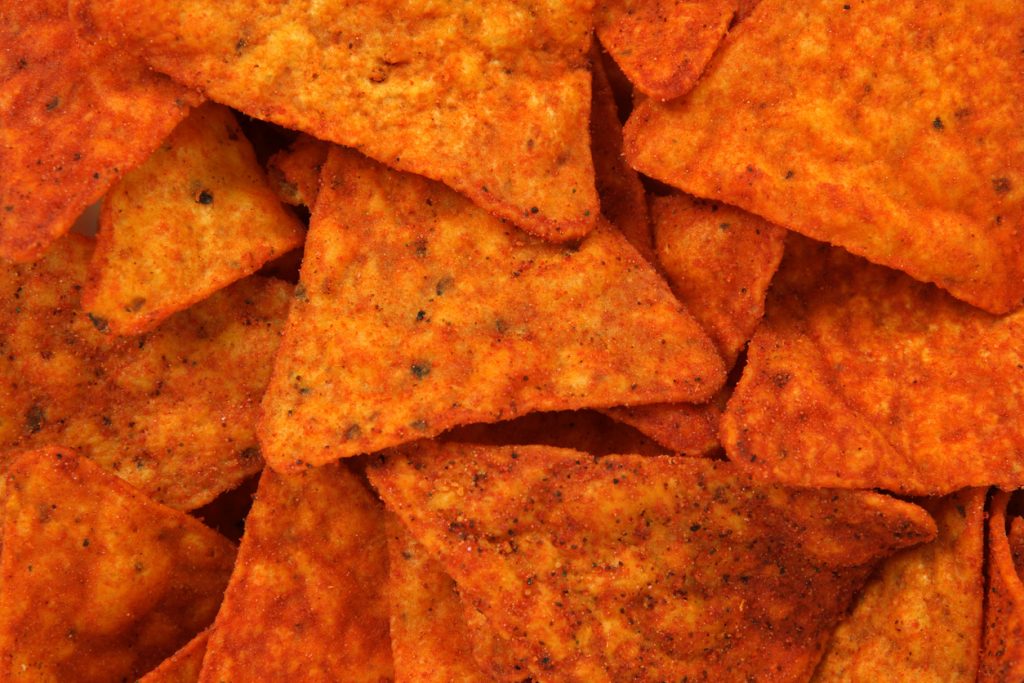Stuff your brain with some stories about these snacks that are great for stuffing in your face.
Doritos
One of the first restaurants to open in Disneyland in 1955 was a Tex-Mex eatery called Casa de Fritos. It sold tamales, enchiladas, and, because it was owned by Frito-Lay, Frito pie and Ta-Cups—tacos served in shells made from the company’s Fritos corn chips. The restaurant’s tortilla supplier was a company called Alex Foods, which had a factory in Anaheim, California, a few minutes away from Disneyland. At one point in the early ’60s, a delivery driver made a call to Casa de Fritos and noticed that the cook was just throwing away unused tortillas. The driver suggested that instead of letting them go to waste, to cut them into triangles and fry them up—fresh tortilla chips, in other words. The exotic-for-the-’60s item was a hit with customers, especially after cooks started flavoring them with special spices. When a Frito-Lay executive visited Casa de Fritos and found out what they were doing, he took the idea back to corporate HQ where the seasoned snack chip was developed into Doritos.
Pringles
Procter and Gamble initially marketed them in 1967 as “Pringles Newfound Potato Chips,” because they were developed to address consumer complaints that regular, real potato chips were often too greasy or broken. Food chemist Fredric Baur developed the chip, along with its unique parabolic shape so as to stack them perfectly in cans, thereby eliminating breakage. The FDA requires Pringles cans to bear the declaration that the snack food is “potato chips made from dried potatoes.” That’s because it’s not technically a potato chip. Actual potato chips are “chipped” or cut from whole potatoes, fried, salted, and bagged up for mass consumption. Pringles involve a bit more food science. A chip is only about 40 percent flour made from dried and ground potatoes, with the rest being made up of wheat starch, corn and rice flour, and other chemicals.
Flamin’ Hot Cheetos
Cheetos—cheese powder covered sticks of cornmeal—had been sold by Frito-Lay since 1948 with little variation. The biggest outgrowth the product ever had was suggested by a janitor at a Frito-Lay packing plant in Rancho Cucamonga, California. One day in 1976, Richard Montañez was eating some corn from a food cart, which had been flavored with butter, cheese, and spicy chilies. Montañez had a thought: How would chilies taste on Cheetos, the snack food he saw all day, every day, at work? He made up a test batch, and found the taste of an incredibly hot-and-spicy Cheeto to be pretty good, and then he managed to call the Frito-Lay corporate office to tell him he had a great new product idea. Two weeks later, after Montañez prepared a presentation, using tips on marketing he got from a library book, and he even drew and manufactured included a prototype for the bag. The presentation was successful, and Flamin’ Hot Cheetos soon hit the market. Montañez was quickly elevated from plant janitor to Multicultural Sales & Community Promotions.










